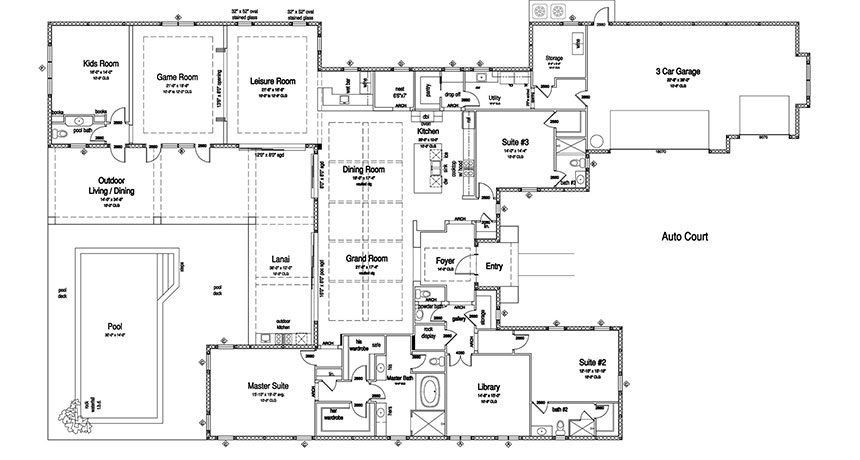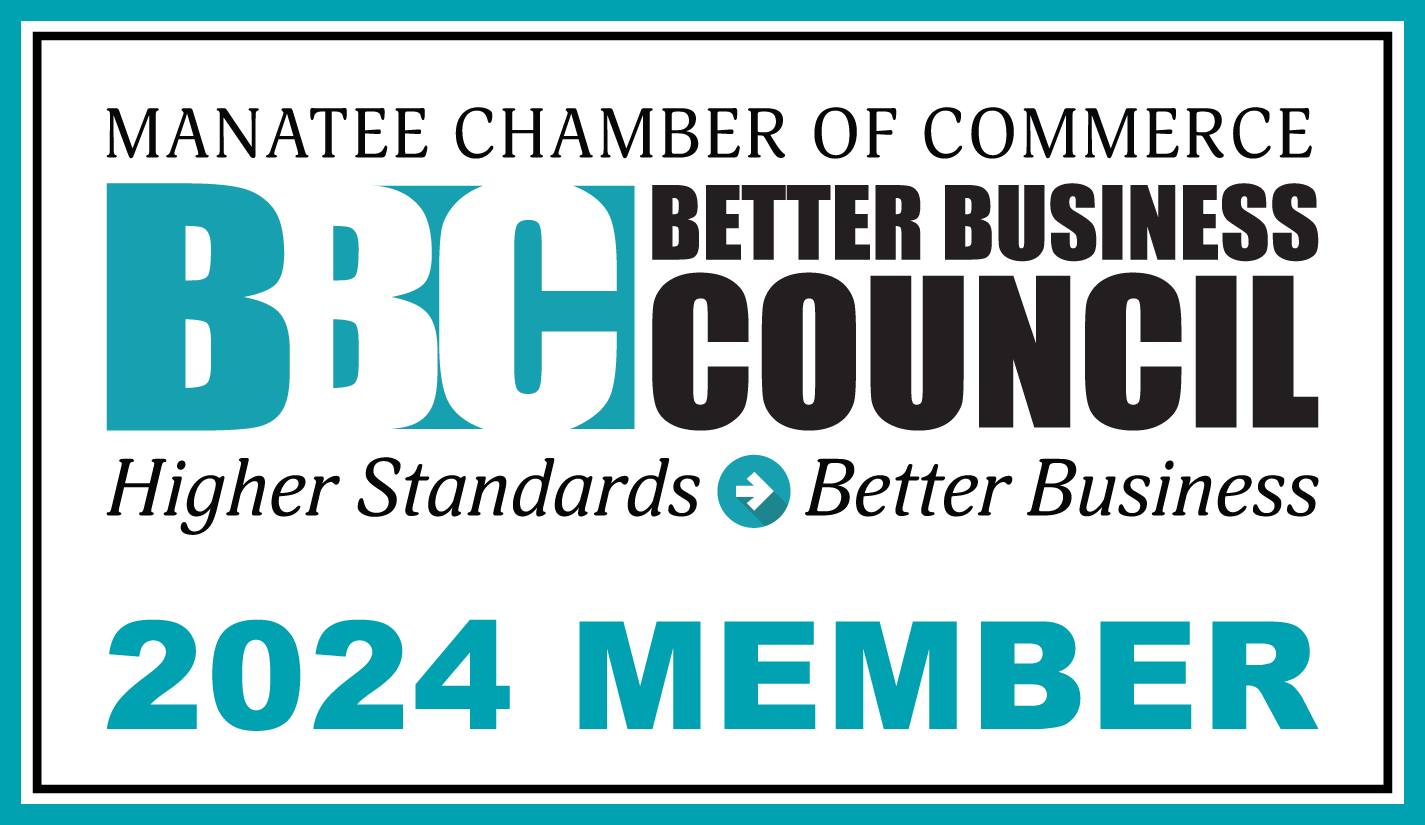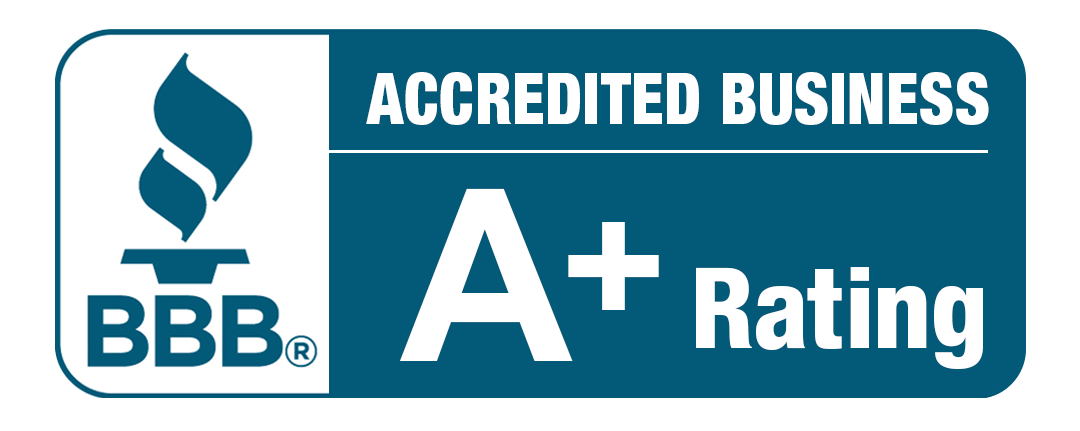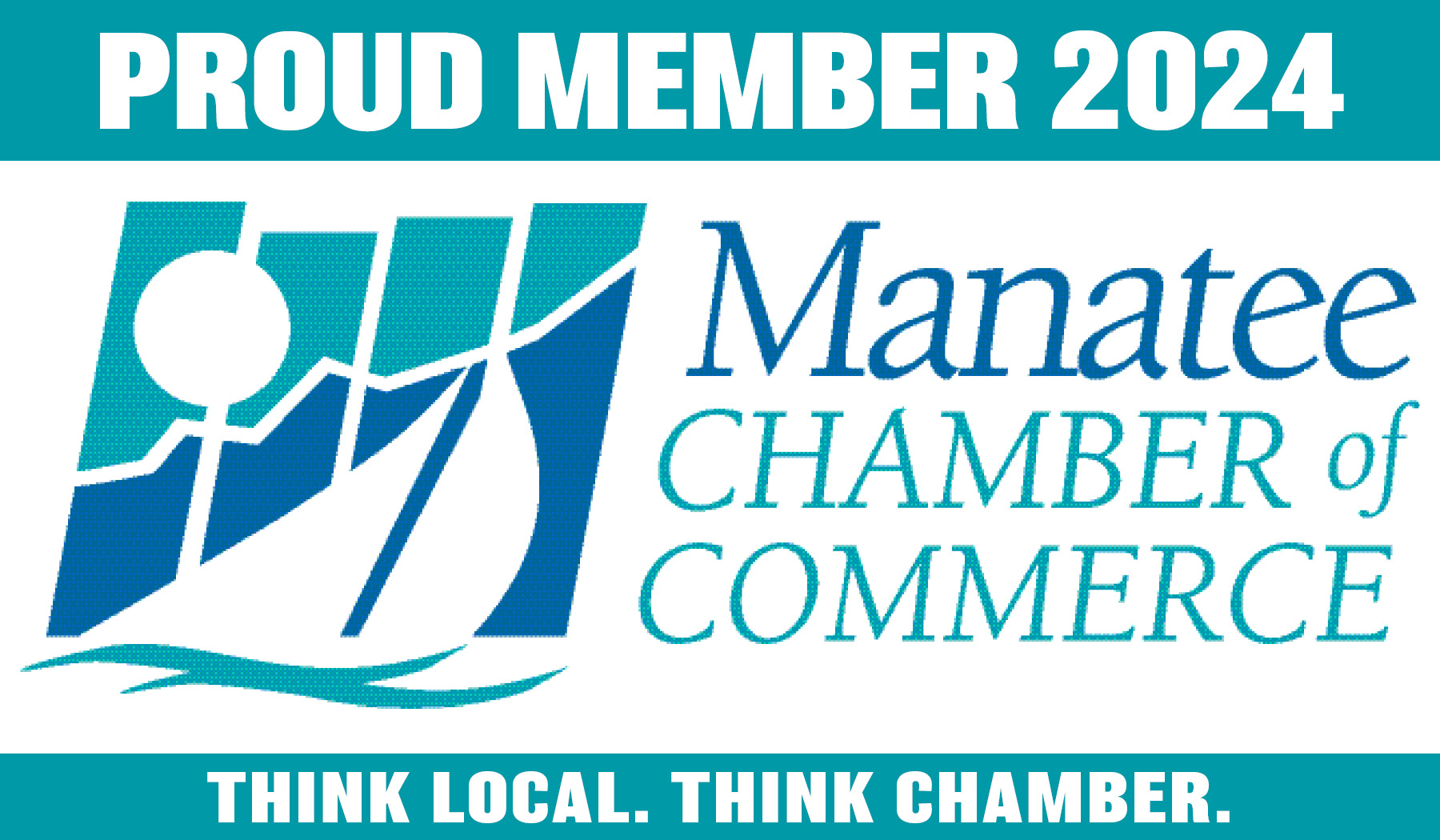When building a new home in Florida, one of the first financial decisions you’ll face is whether to pay cash or finance the build. While paying cash can simplify the process by eliminating interest, monthly payments, and lender fees, it’s not feasible for many people. In some cases, those who can pay cash often prefer to keep funds liquid for investments or unexpected expenses. That’s where construction loans come in. Understanding how they work can help you make confident, informed decisions.

What Are Construction Loans?
A construction loan is a short-term, specialized loan used to finance the building of a new home. Unlike traditional mortgages, which provide a lump sum upfront, construction loans are disbursed in stages—called “draws”—as different phases of the build are completed. These stages typically include land purchase, foundation, framing, roofing, interior finishes, and final inspections.
Construction loans are usually interest-only during the construction period, typically lasting 6 to 18 months. Once the home is complete, the loan converts to a traditional mortgage (a construction-to-permanent loan), or you refinance into a separate long-term loan.
Key Features of Construction Loans
Short-Term Duration: Construction loans usually last 6 to 24 months. The idea is to provide temporary funding until the home is move-in ready.
Draw Schedule: Funds are released based on a predetermined schedule tied to completed work. Lenders often require inspections before each draw to verify that milestones are being met.
Interest-Only Payments: During construction, you’ll typically pay only the interest on the funds that have been drawn—not the full loan amount.
Higher Requirements: Because construction loans carry more risk for lenders, they usually require higher credit scores, detailed construction plans/builder contracts, and a larger down payment.
Construction-to-Permanent Loans
Construction-to-permanent loans are two-in-one loans. You close once, pay closing costs once, and the loan converts to a standard mortgage after construction is complete. It offers stability and convenience, locking in your interest rate from the start.
Note: A stand-alone construction loan may be more appropriate if you plan to shop around for better long-term mortgage terms later. Stand-alone loans require two separate closings (and associated costs) and expose you to potential interest rate changes.
Florida-Specific Considerations
Florida’s climate, building codes, and storm risks add a few extra layers to the construction loan process:
Windstorm and Flood Insurance: Lenders may require additional insurance, especially in coastal or flood-prone areas.
Licensed Builder Requirement: Most Florida lenders require hiring a licensed general contractor— DIY builds typically won’t qualify.
Building Permits and Inspections: Florida counties are strict about permitting, and delays can impact your draw schedule, so plan timelines carefully.
Choosing the Right Lender
Not all banks and credit unions offer construction loans and those that do often have different requirements. Consider working with a lender with experience in Florida construction and a solid understanding of local zoning laws and permitting. You’ll want to ask about locking in permanent mortgage rates early, inspection guidelines and the builder approval process. Also, clarify if there is any flexibility in loan terms if construction delays occur. Be sure to get pre-approved early, and know your budget before committing to plans or land.
Expert Tip: Choosing a reputable Florida custom builder with decades of local experience can help you qualify faster.
Whether financing or paying cash, building a new home in Florida is an exciting milestone. A construction loan can make your vision possible—but like your home itself, a strong foundation is key. By understanding the structure and benefits of construction loans, you’ll be better prepared to move forward confidently.
Bruce Williams Homes has been one of Sarasota and Manatee’s most trusted local builders for nearly 60 years.
When building a new home in Florida, one of the first financial decisions you’ll face is whether to pay cash or finance the build. While paying cash can simplify the process by eliminating interest, monthly payments, and lender fees, it’s not feasible for many people. In some cases, those who can pay cash often prefer to keep funds liquid for investments or unexpected expenses. That’s where construction loans come in. Understanding how they work can help you make confident, informed decisions.

What Are Construction Loans?
A construction loan is a short-term, specialized loan used to finance the building of a new home. Unlike traditional mortgages, which provide a lump sum upfront, construction loans are disbursed in stages—called “draws”—as different phases of the build are completed. These stages typically include land purchase, foundation, framing, roofing, interior finishes, and final inspections.
Construction loans are usually interest-only during the construction period, typically lasting 6 to 18 months. Once the home is complete, the loan converts to a traditional mortgage (a construction-to-permanent loan), or you refinance into a separate long-term loan.
Key Features of Construction Loans
Short-Term Duration: Construction loans usually last 6 to 24 months. The idea is to provide temporary funding until the home is move-in ready.
Draw Schedule: Funds are released based on a predetermined schedule tied to completed work. Lenders often require inspections before each draw to verify that milestones are being met.
Interest-Only Payments: During construction, you’ll typically pay only the interest on the funds that have been drawn—not the full loan amount.
Higher Requirements: Because construction loans carry more risk for lenders, they usually require higher credit scores, detailed construction plans/builder contracts, and a larger down payment.
Construction-to-Permanent Loans
Construction-to-permanent loans are two-in-one loans. You close once, pay closing costs once, and the loan converts to a standard mortgage after construction is complete. It offers stability and convenience, locking in your interest rate from the start.
Note: A stand-alone construction loan may be more appropriate if you plan to shop around for better long-term mortgage terms later. Stand-alone loans require two separate closings (and associated costs) and expose you to potential interest rate changes.
Florida-Specific Considerations
Florida’s climate, building codes, and storm risks add a few extra layers to the construction loan process:
Windstorm and Flood Insurance: Lenders may require additional insurance, especially in coastal or flood-prone areas.
Licensed Builder Requirement: Most Florida lenders require hiring a licensed general contractor— DIY builds typically won’t qualify.
Building Permits and Inspections: Florida counties are strict about permitting, and delays can impact your draw schedule, so plan timelines carefully.
Choosing the Right Lender
Not all banks and credit unions offer construction loans and those that do often have different requirements. Consider working with a lender with experience in Florida construction and a solid understanding of local zoning laws and permitting. You’ll want to ask about locking in permanent mortgage rates early, inspection guidelines and the builder approval process. Also, clarify if there is any flexibility in loan terms if construction delays occur. Be sure to get pre-approved early, and know your budget before committing to plans or land.
Expert Tip: Choosing a reputable Florida custom builder with decades of local experience can help you qualify faster.
Whether financing or paying cash, building a new home in Florida is an exciting milestone. A construction loan can make your vision possible—but like your home itself, a strong foundation is key. By understanding the structure and benefits of construction loans, you’ll be better prepared to move forward confidently.
Bruce Williams Homes has been one of Sarasota and Manatee’s most trusted local builders for nearly 60 years.






